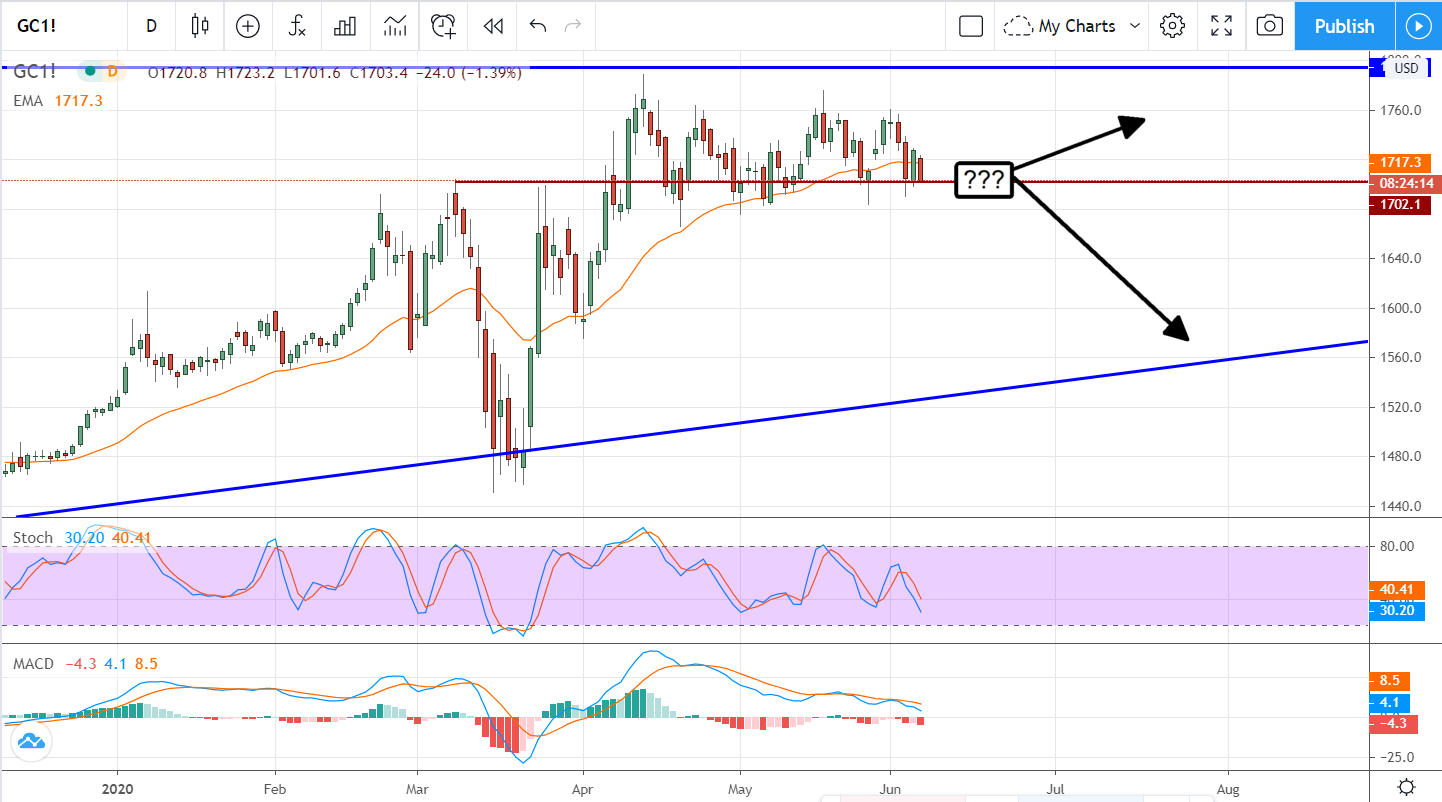How To Trade When You Know A Big Move Is Coming …
But Not Which Direction It Will Be
To say that volatility is a traders best friend is like saying wild horses make good plow-horses. Sure, a wild horse can get a lot of work done but, if you’re not careful, you can find yourself in a big mess. What I mean to say is this, when volatility is high you can expect big market moves and from them big profits, the problem is that in times of high volatility it is often impossible to predict direction.
It just comes with the territory. High volatility, specifically the time of volatility we are in right now, is based on fear and uncertainty. What we have driving the market is emotion; the fear of loss compounded by the fear of missing out while not really knowing how the global economic rebound is going to play out. Any and every headline has the power to spook or spur the market and there is no telling what the next news bite is going to be.
What this means for traders is simple. If you don’t want to lose money you need to sit on the sidelines, if you want to make some money you have to have a plan. And be ready to take some losses. This might mean making smaller trades than usual to protect your capital but don’t worry, your profits, when you make them are going to be bigger than usual too. The key is staying liquid so can make the next trade, and the next.
Three Strategies For Trading An Uncertain Market Move
- Wait – The wait and see method is always good but it depends on what you are waiting for. If you are waiting for a major economic release that’s one thing, it’s predictable when that event will happen, but if you are waiting for an unknown event that’s another altogether. When exactly will it come? In either case, waiting to see what the market does is your clue to trade. If the market rallies or sells off you simply wait for the next signal and jump on in.
- Straddle – The straddle is a great trade because it is a virtually guaranteed win, if you play it right. If the market you are watching is winding up or throwing some kind of signal a big move is coming make a trade in both directions, bullish and bearish. The catch here is that you may need to make trades at two different brokers (some won’t allow offsetting trades) or use sympathetic pairs. The caveat is that quick reflexes and/or stop-loss orders are a must. You have to close the losing trade once the market begins to make its move so your losses don’t undercut your profits.
